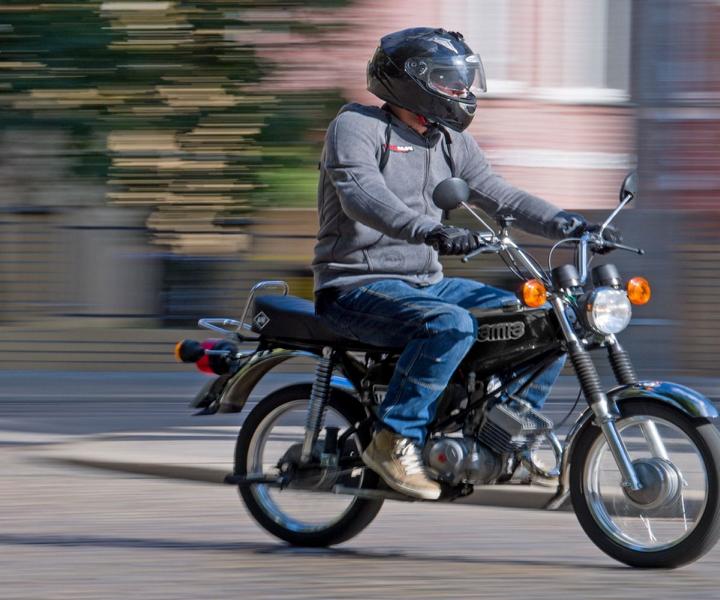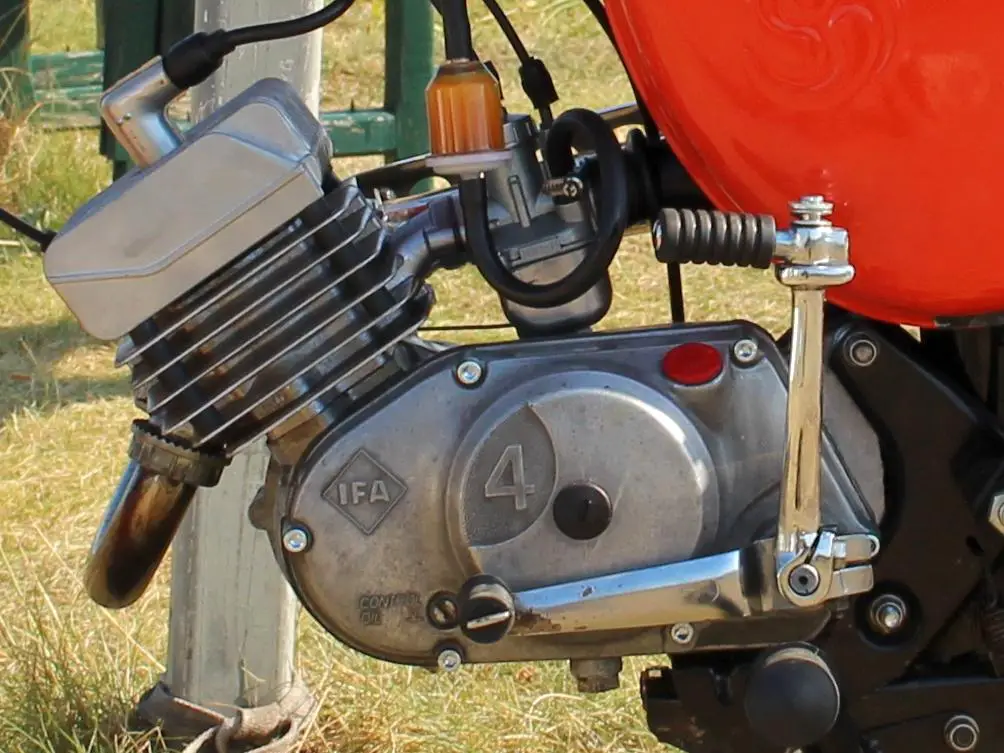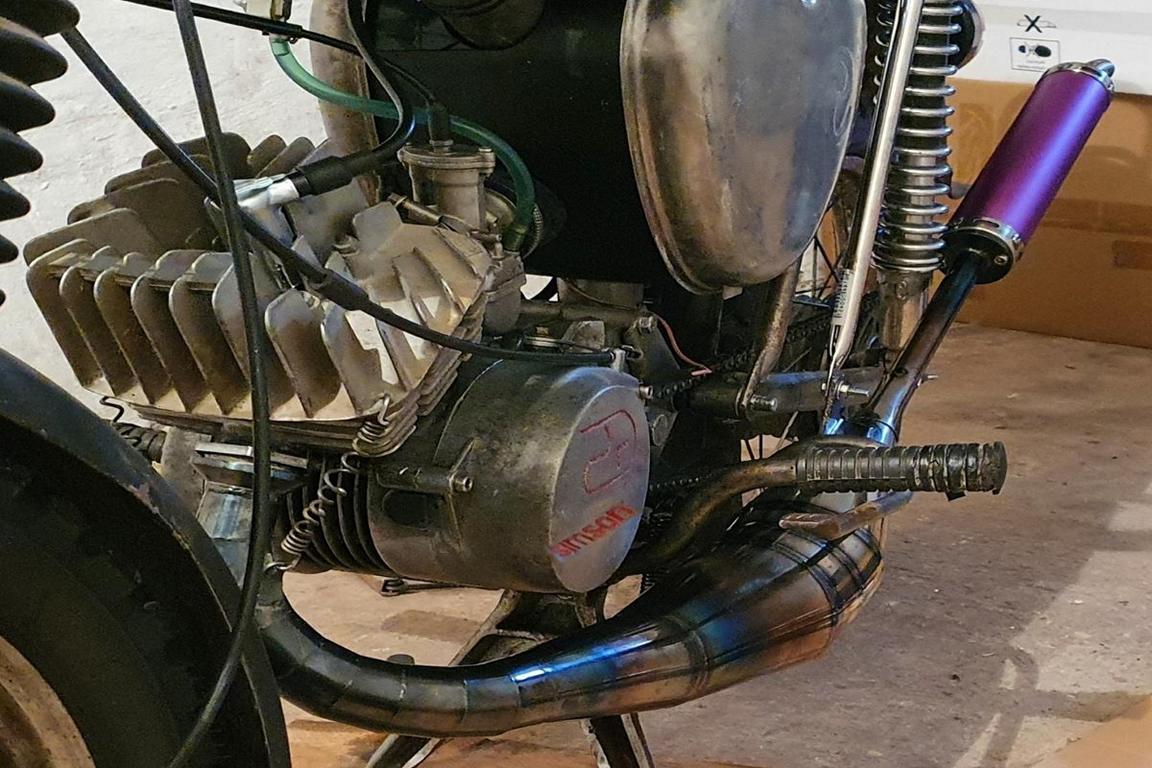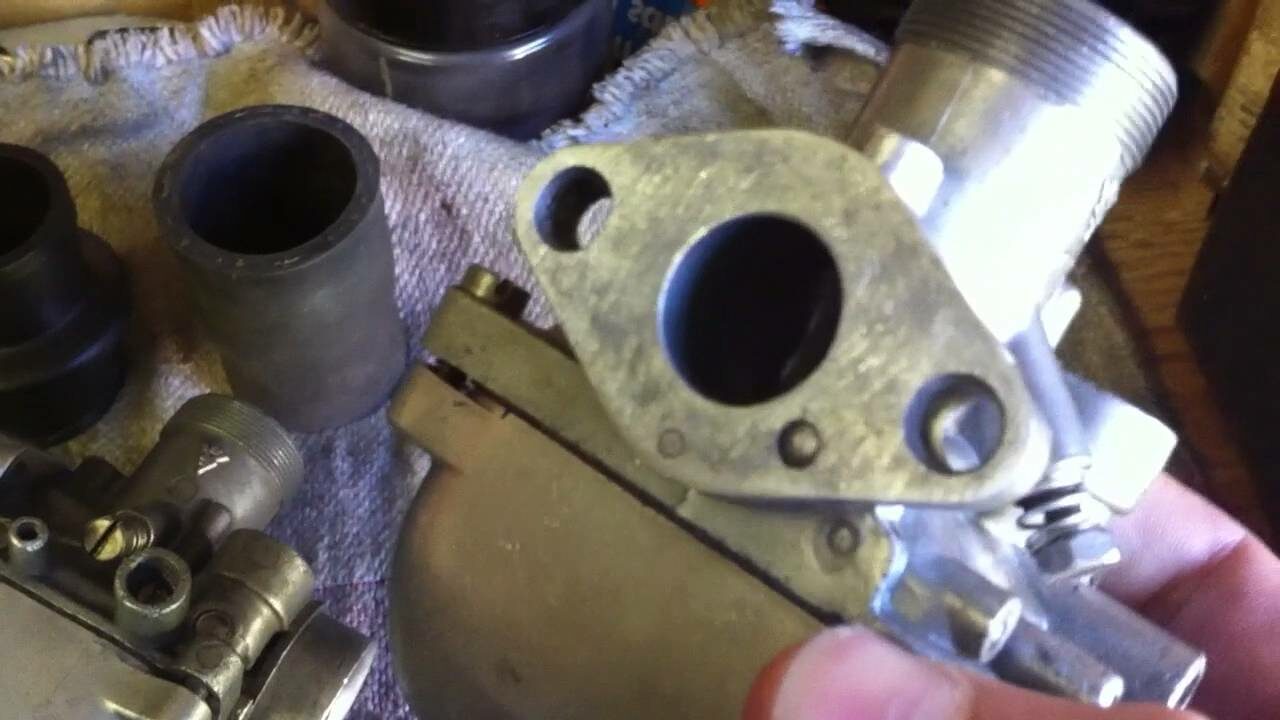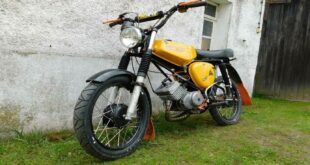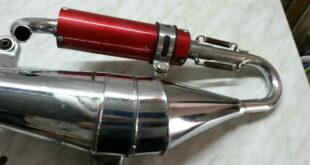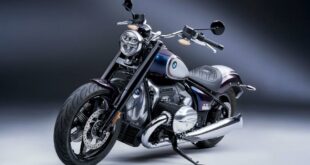Overview of efficient tuning options!
At this point, here are a few ideas on how two-stroke engines can be improved in terms of performance without great effort. However, this overview does not claim to be complete, but is primarily intended to provide a small overview Overview enable. There are numerous websites on the Internet that deal with the subject in more depth Simson tuning . employ A simple rule of thumb is: All tuning measures used must be carefully coordinated so as not to jeopardize the performance of the engine, but rather to improve it.
How can the exhaust system be tuned?
The selection of tuning parts in this area is large and the purchase decision is not that easy. If you like it cheap and without a lot of time, you should use the existing exhaust AOA1, AOA2, or AOA3 rebuild. The appropriate instructions can be found free of charge on numerous websites dealing with the topic Simson tuning occupy. However, it should be noted that the Stino engine exclusively the conversion to the AOA1 is recommended. Anyone who already has a little more technical confidence will find their joy in the next stage of expansion. Also the popular one resonance exhaust must be precisely matched to the engine. An alternative to this are exhaust models, the one Stino optics exhibit.
Tuning of pistons and cylinders
In this area, the scope for increasing performance is greatest. And the measures are relatively easy to implement, but require a little manual skill. If this is available, then other things can be changed on your own without much effort. Here are about one change in timing, or an additionally made one Tuning cylinder at. However, it is important not to set expectations too high at this point. A 60 cm³ cylinder cannot work miracles, so the performance increases are rather small. This is approx 4,2 PS. The advantages are particularly that more torque arises and with a bit of luck a sprocket larger by one tooth can be used. The success is rather moderate. However, the common 60 cm³ cylinder has the advantage that the other common components such as the carburettor, the air filter and the exhaust (However, conversion to the AOA1 is recommended) can remain in their original state. This tuning measure is therefore primarily as reduce your recruitment costs classified and slightly improves the performance of the engine. The engine life is increased by the measure not shortened.
Tuning one, on the other hand, is more complex 60/4 cylinders (Other control times, four instead of two overflow ports). Here it is necessary that the carburettor, the air filter and the exhaust are also adapted to the larger cylinder. It is not advisable to be stingy when buying the parts. A high-quality 60/4 cylinder has its price. That's why it makes sense to before the purchase get advice from an experienced tuner. The use of a larger cylinder, greater than 60cc, requires a parallel adjustment of the engine block and should not be fitted by a novice in the field of tuning without assistance. You should also pay attention to which engine goes with which cylinder. It is also important to pay attention to which engine you own. There are models of certain series that only fit certain cylinders.
Tip: An engine of the M53 series from the S50 or the KR51/1 types from Schwalbe can only be equipped with a specific cylinder (63 ccm).
With a cylinder with a displacement of 70 cm³, it makes sense to use the primary drive and also the Clutch (plate spring) to adjust. The exchange of crankshaft should also be carried out by one from the S70 or SR80. Because it has to carry the greater weight of the piston. It is also worth considering using a 70cc engine from the S70 or SR80 instead of just tuning the existing engine. This also has a positive effect financially, as this is often the cheaper option and the engine is therefore one everyday performance brings.
Not to be neglected: the intake!
You can also do one here performance increase achieve. The conversion of the air filter, or even the entire intake system, only makes sense if a bigger carburetor is used. And that's what buying one is for larger cylinder necessary. That's why from various Tuning and sports air filters, which are connected directly to the carburetor, are strongly discouraged. They bring nothing in the long run!
Tuning the carburetor
It is important to ensure that the carburetor fits the cylinder. A common misconception is that a larger cross section, or one larger main jet have a positive effect on performance. But taken by itself, only the consumption increases and the exhaust wears out faster because the oil does not burn properly.
Tuning of the damper insert (AOA1, AOA2 and AOA3)
The existing silencer has two damper plates that have different pipe diameters. A tube with a diameter of 16 mm is used in the first damper plate. No changes are made to this disk. However, two holes with a diameter of 1 mm have to be drilled into the additional silencer plate, which is 10 mm smaller.
Effects conversion from the original exhaust to the AOA1 / AOA2 / AOA3!
The power band is shifted slightly upwards due to the shortened manifold. This allows the engine to rev more freely and higher. The result is one higher acceleration and an increased one top speed. The change in the damper insert, in conjunction with the larger tailpipe, prevents the exhaust from overheating. This can increase the top speed by around 5 – 10 km/h. The conversion requires an original GDR exhaust or a detailed replica that must have a counter-cone in the middle part of the exhaust. If this is not available, then the conversion is excluded.
the individual Simson models
SR 1 / SR 2, KR 50, KR 51, sparrow, starling, sparrowhawk, hawk, SL 1, S 50, S 51, S70, SR50 & SR 80!
Of course, that was far from it. Our tuning magazine has countless other tuning reports in stock. And also with the topic Motorcycle and motorcycle tuning we meet regularly. Do you want to see all posts about motorcycles and motorcycle tuning? Just click HERE and look around. Or is a small extract enough? Then take a look at the following Mopped posts.
 tuningblog.eu Your magazine about tuning the car
tuningblog.eu Your magazine about tuning the car
